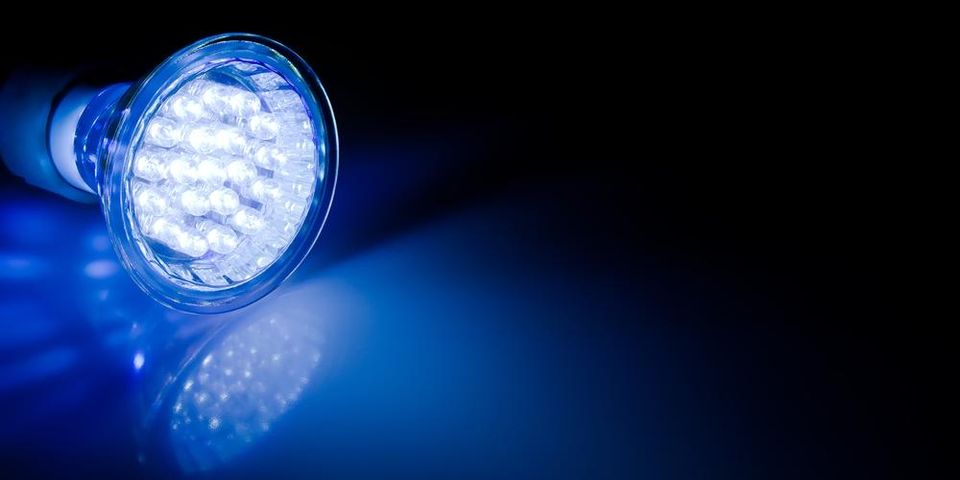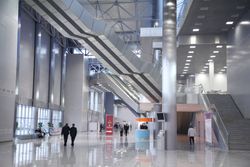
Incandescent bulbs have been widely used across the U.S. for nearly a century. LED lighting systems were first invented in 1962, and since then, they’ve become more common but still haven’t surpassed the popularity of traditional incandescent bulbs. However, projections show this relationship could change in the current market, and there are more incentives now for businesses to switch to LED lighting. If you’re in the middle of a rewiring project or need a new lighting system, take a moment to learn about the differences between traditional and LED lighting so you can make an informed decision.
How Do Traditional & LED Lighting Systems Differ?
Traditional
Incandescent light bulbs provide electric-based light by heating tungsten wire filaments. This heat generates light within glass enclosures featuring either a vacuum or an inert gas that protects the filament from damage. Incandescent bulbs also contain supporting wires in their stems that connect to electrical fixtures to provide illumination without air or gas leaks.
While incandescent options are the cheapest light source on the market, they have the worst energy ratings at about 10 lumens per watt. They also last the shortest amount of time because they burn out after about 1,200 hours.
LED
 Light Emitting Diode (LED) bulbs feature anode and cathode electrodes made of either selenium or silicon semiconductor materials. Electricity currents flow in through the anode and out through the cathode to product light. Unlike incandescent lights that provide illumination in every direction, LED lighting systems emit light in specific directions only. Most LED lights produce red, amber, blue, and green colors; however, these colors can be combined to create white light. LEDs may also be covered with a phosphor material for a white-light effect.
Light Emitting Diode (LED) bulbs feature anode and cathode electrodes made of either selenium or silicon semiconductor materials. Electricity currents flow in through the anode and out through the cathode to product light. Unlike incandescent lights that provide illumination in every direction, LED lighting systems emit light in specific directions only. Most LED lights produce red, amber, blue, and green colors; however, these colors can be combined to create white light. LEDs may also be covered with a phosphor material for a white-light effect.
LED lighting systems offer the energy efficiency home and business owners want. Their directional light eliminates the need for reflective or redirected light, and they emit infrared radiation or heat to waste as little energy as possible. This gives them an extremely long lifespan of anywhere between 50,000 and 100,000 hours. According to Energy Star®, LED bulbs are about 90% energy-efficient; in contrast, incandescent bulbs waste about 90% of the energy they consume. With LED lights, businesses can expect to save money on their utility costs and replace bulbs less frequently. Because of recent advances in LED technology, these bulbs are also more reliable than previous generations and cheaper to produce.
If you want to save money for your business and reduce your carbon footprint, now’s the best time to switch to an LED lighting system. Quantum Electric provides commercial and industrial lighting solutions throughout Austin, TX, and the surrounding areas. A community fixture for 25 years, Quantum Electric specializes in LED lighting systems, including those for interior and exterior spaces. Call (512) 246-1145 today for a free estimate or visit the website to learn more about services, including 24/7 emergency services.
About the Business
Have a question? Ask the experts!
Send your question

